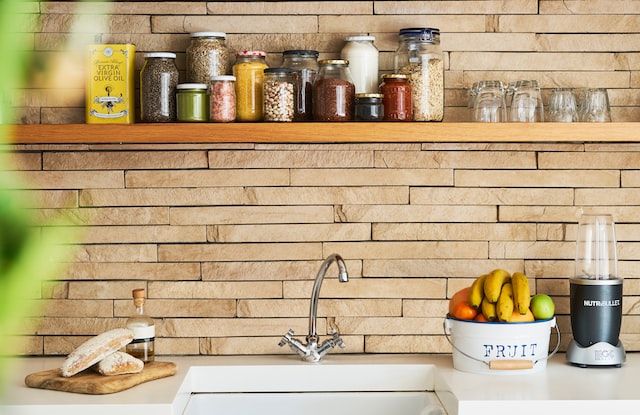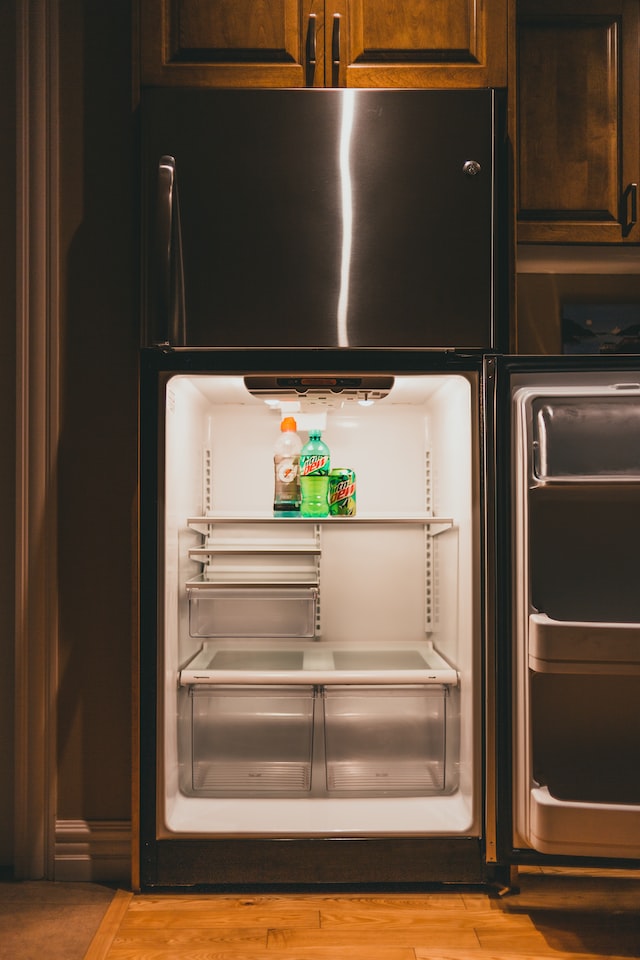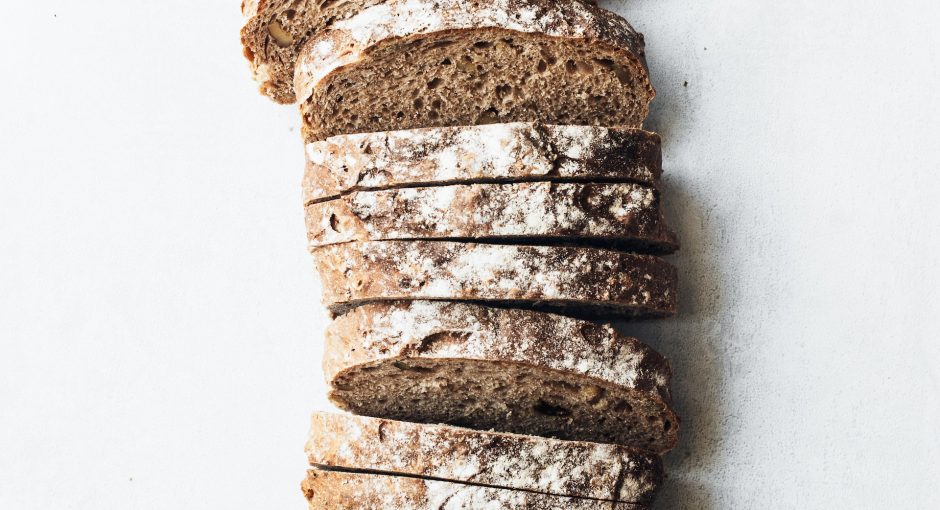Maintaining bread fresh in your home kitchen is an integral part of cooking. Not only does it provide flavor, but also adds to the aesthetic and convenience of your workspace. However, storing bread can be challenging; finding the right place for it will determine how long your loaf lasts.
To maintain optimal freshness of your bread, store it in an airtight container such as a bread box or plastic bag. Doing this helps prevent moisture from seeping into the loaf and encouraging mold growth.
Another viable option is freezing your bread if you plan on eating it within a few days. Doing this will seal in all of the moisture that had been stored, extending its shelf life.

If you want to keep your bread fresh for an extended period, investing in an airtight freezer bag could be worth considering. These containers are specifically designed to prevent moisture buildup within the bread.
These bags can be found at most grocery stores. Though more expensive than regular paper bags, these will protect your bread from moisture and help it last longer.
In addition to freezing, you can also store your bread in a bread drawer or cupboard. These storage options keep bread away from the main work area in the kitchen, which helps prevent mold and other food-borne illnesses.
These drawers and cupboards are constructed of a sturdy material to withstand regular use. They’re ideal for areas that don’t have ample counter space, such as basements or garages.
Alternatively, you can invest in a wall-mounted bread box, ideal for countertop or wall storage. These typically hold one or two loaves of bread and come with various designs like roll-up, hinged, or cutting board options.
Bread can be stored in a refrigerator, though this doesn’t significantly extend its shelf life. This is because the temperature and humidity inside the fridge accelerate moisture evaporation which accelerates staleness by speeding up dryness and crumbling.

Some artisanal breads require ingredients that will slow the aging process, such as sourdough. This homemade yeasted dough with naturally occurring lactic acid tends to last longer than packaged counterparts since they contain preservatives which help slow the aging process.
If your bread does not have a special storage method that slows the aging process, it should remain fresh at room temperature for around five days. This is enough time for most people to get two days’ worth of use from their loaf.
If you frequently purchase loaves of bread, investing in a dedicated bread box may be wise. These containers are usually designed to hold one or two loaves and can be used both on countertops and cabinets alike; they’re easily found at most grocery stores and make an excellent addition to any kitchen.

